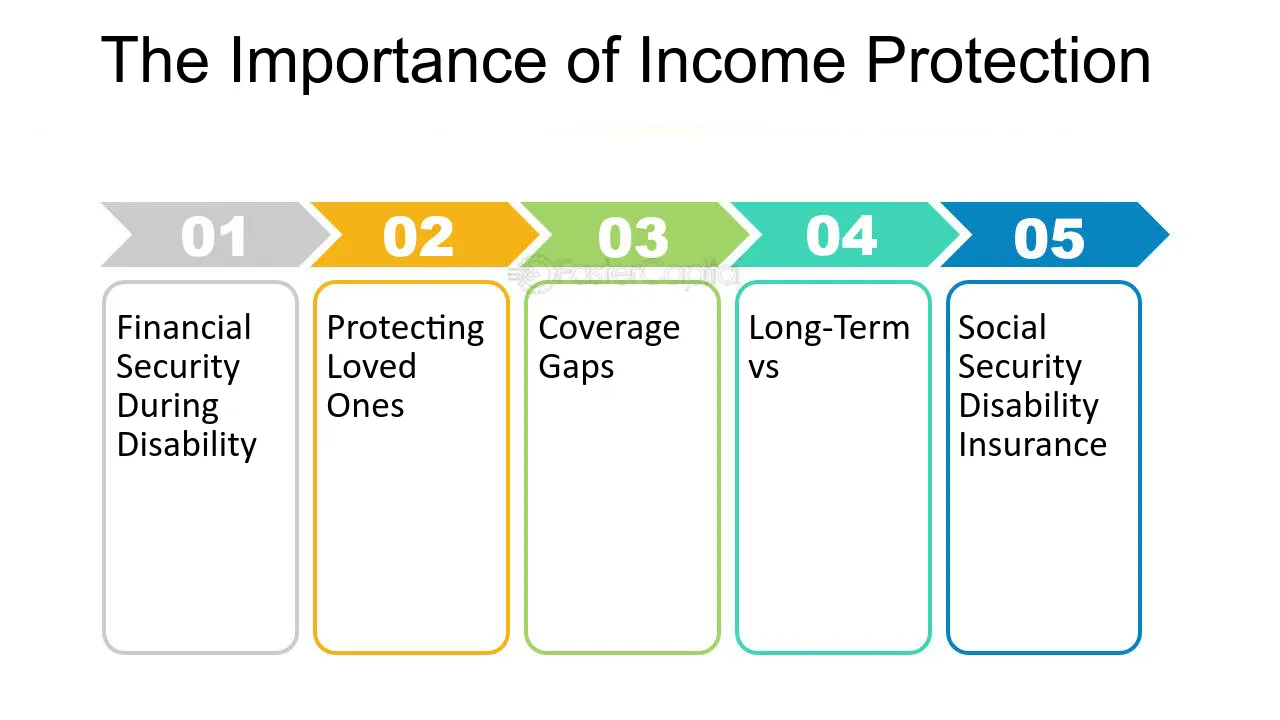Transient incapacity strategies for the most part pay as long as a year. Long haul handicap approaches pay you up to the most extreme number of years framed in your strategy.
The two strategies have a holding up period before they begin paying. The holding up period is as long as 90 days for a transient strategy and as long as a year for a strategy that pays you for longer than two years.
What kinds of Inabilities Does it Cover?
Your strategy will let you know what it views as an incapacity, injury, or disease. For instance, a transient strategy could pay in the event that you just had a child or had a medical procedure and briefly can’t work. A drawn out handicap strategy could pay in the event that you were harmed in a car crash or have a drawn out sickness and don’t anticipate having the option to work once more.
How Would you Get Disability Insurance?
In the first place, inquire as to whether your occupation gives it. On the off chance that it doesn’t, you can get it all alone.
Your charge and advantages will rely upon which protection you purchase, how much and how lengthy it pays, and how lengthy you need to stand by before it starts paying.
Assuming that you own a business, you can get business handicap protection that possibly pays your lease or home loan, utilities, representative pay rates and advantages, local charges, and different costs.
By what other method might I at any point supplant my pay assuming I’m debilitated?
A few positions have paid wiped out time that you can use to get compensated while recuperating from a sickness, medical procedure, or mishap.
Another choice is Government managed retirement Incapacity Protection. A government program for individuals can’t do any kind of work as a result of a physical or mental handicap that is supposed to most recent a year or more.

Understanding Disability Insurance
Disability insurance is a valuable financial tool that can protect your income if you become disabled and are unable to work. It provides a source of income replacement, ensuring that you can meet your financial obligations and maintain your standard of living even in the face of disability.
The Importance of Protecting Your Income
Your ability to earn income is one of your most valuable assets. It enables you to support yourself, your family, and achieve your financial goals. However, the unexpected can happen, and a disability can significantly impact your earning potential. Without the appropriate insurance coverage, you may find yourself in a difficult financial situation. That’s why disability insurance is so important – it provides the necessary protection to safeguard your income.
Types of Disability Insurance
There are two primary types of disability insurance – short-term disability insurance and long-term disability insurance.
Short-Term Disability Insurance
Short-term disability insurance typically provides coverage for a period of up to six months. It kicks in shortly after a disabling event occurs and provides a percentage of your pre-disability income. This coverage is designed to provide temporary financial support during your recovery process and ensures that you can continue to meet your immediate financial needs.
Long-Term Disability Insurance
Long-term disability insurance, on the other hand, offers coverage for a more extended period – often until retirement age. It provides a significant percentage of your pre-disability income on a monthly basis, allowing you to maintain your lifestyle and cover everyday expenses even if you’re unable to work in the long term.
How Disability Insurance Works
In order to benefit from disability insurance, you need to understand how it works. Let’s take a closer look at the key aspects of disability insurance.

Eligibility and Application Process
To be eligible for disability insurance, you usually need to meet certain criteria. This may include factors such as being employed, paying premiums, and having a medical condition that meets the insurer’s definition of disability. The application process typically involves providing personal information, medical history, and details about your occupation.
Benefit Period and Waiting Period
The benefit period refers to the length of time that disability insurance benefits will be paid to you. Short-term disability benefits may last for a few weeks up to a year, while long-term disability benefits can extend for a number of years or until retirement age. Additionally, there may be a waiting period before benefits start, during which you’ll need to cover your financial obligations on your own.
Definition of Disability
Each disability insurance policy has its own definition of disability. It’s important to carefully review and understand this definition, as it determines when you’ll be considered eligible for benefits. Some policies define disability as being unable to perform the duties of your specific occupation, while others may define it as being unable to perform any occupation for which you’re reasonably suited.
Coverage Amount
When choosing a disability insurance policy, it’s crucial to consider the coverage amount. This is typically expressed as a percentage of your pre-disability income. You’ll want to ensure that the coverage amount is sufficient to replace a significant portion of your income, allowing you to maintain your standard of living and meet your financial needs.
Factors to Consider when Choosing Disability Insurance
When selecting a disability insurance policy, there are several factors that you should take into consideration:
Occupation-specific Coverage
Some disability insurance policies offer occupation-specific coverage, taking into account the unique risks and demands associated with your specific occupation. This can provide added protection tailored to your individual circumstances.
Own-Occupation Coverage
Own-occupation coverage is a type of disability insurance that pays benefits if you’re unable to perform the duties of your specific occupation, even if you’re able to work in a different occupation. This type of coverage can be particularly valuable for individuals in specialized professions.
Additional Riders or Benefits
Many disability insurance policies offer additional riders or benefits that can enhance your coverage. Examples include cost-of-living adjustments, which increase your benefit amount to keep pace with inflation, and residual disability benefits, which provide partial benefits if you’re able to work on a limited basis.
Waiting Period and Benefit Period
Consider the waiting period before benefits begin and the length of the benefit period. A shorter waiting period can provide more immediate coverage, while a longer benefit period offers greater protection in the event of a long-term disability.
The Cost of Disability Insurance
The cost of disability insurance can vary depending on numerous factors, including your age, occupation, health, and the amount of coverage you require. Generally, the younger and healthier you are, the lower your premiums will be. It’s important to carefully review different policies and obtain quotes from multiple insurers to ensure that you’re getting the best value for your coverage.
Disability insurance is a critical component of a comprehensive financial plan. It provides the peace of mind and security you need to protect your income and maintain your financial well-being in the face of unexpected disability. By understanding the intricacies of disability insurance and carefully selecting a policy that meets your specific needs, you can ensure that you’re prepared for whatever the future may hold.








